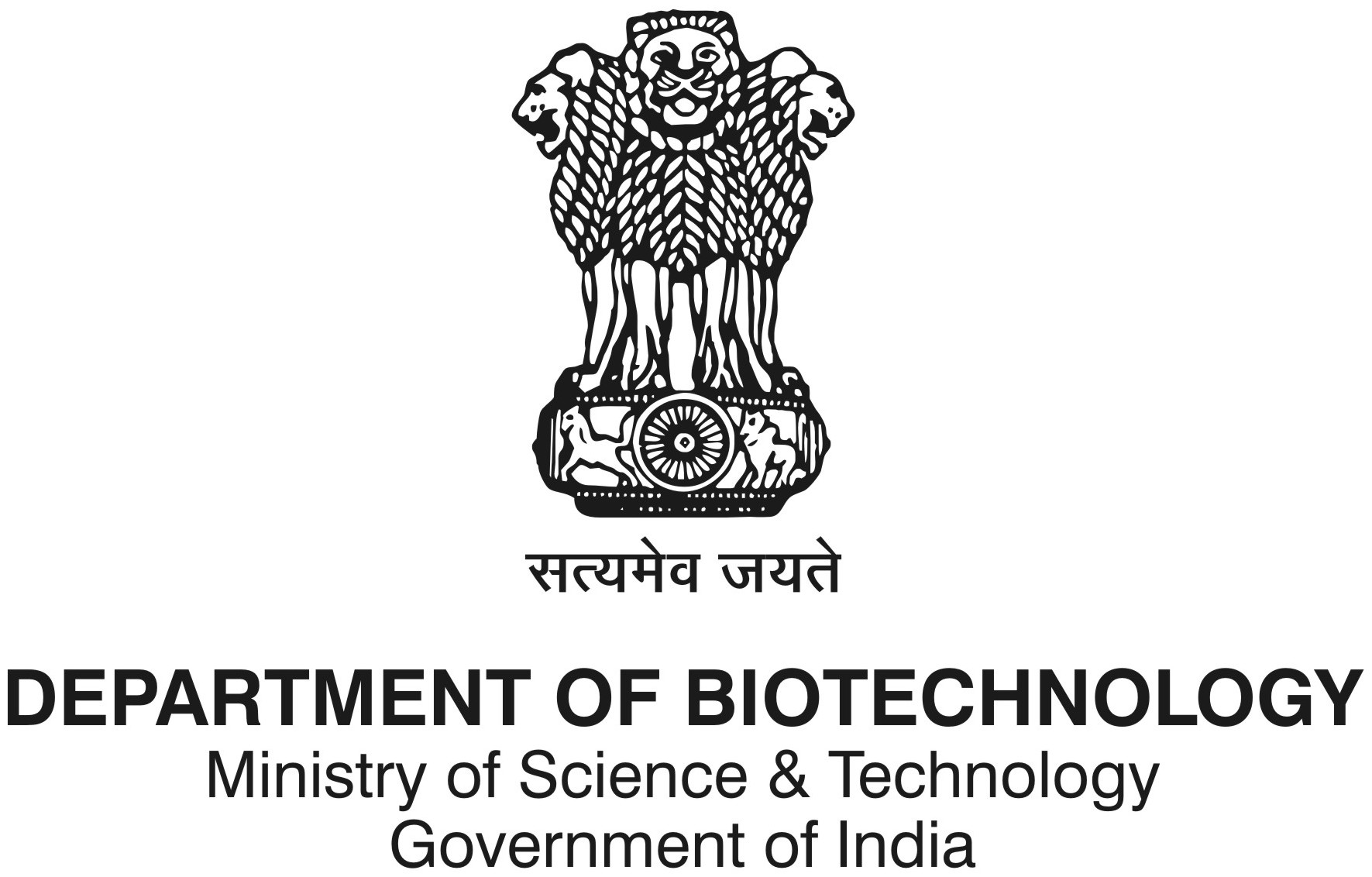
About
The global pharmaceutical industry presently relies on the pharmaceutical supply chain in India and China for the manufacture of much of the active pharmaceutical ingredients (APIs) for both generic and branded drugs. China provides almost two-thirds of the global APIs but Indian pharmaceutical companies have been found to have better capabilities in formulation development, finished drug manufacturing, and product marketing in regulated markets such as United States and Europe. The Indian pharmaceutical industry has seen revenue growth of 12% per year and the country is producing about 20% of all generics globally, second only to China. With growing efforts to reduce healthcare costs, generics are projected to represent 92% of all drugs globally by 2022. Both India and China’s pharmaceutical industry has come under scrutiny for the pollution resulting from drug manufacturing. In particular, the emergence of antibiotic resistant bacteria, or “superbugs,” has been attributed in part to insufficient attention to management of pharmaceutical manufacturing waste.
While better management of waste streams is an obvious corrective approach, it is believed that green chemistry (GC) represents a better option to address the problem for its focus on source reduction and significant cost savings. GC is defined as “the design of chemical products and processes that reduce or eliminate the generation of hazardous substances”. The pharmaceutical industry was among the first to embrace GC for its significant potential to reduce costs and risks. Researchers have reported large declines in Toxics Release Inventory (TRI) releases from the pharmaceutical industry in the U.S. which correlate with the adoption of GC.
GC calls for using safer chemicals to minimize accidents and a common practice in the pharmaceutical industry is the shift to less toxic solvents, which make up more than 80% of the material used for API manufacture and are associated with about 60% of the overall energy use and 50% of greenhouse gas (GHG) emissions. Green chemistry also requires energy-efficient design and a growing number of pharmaceutical companies have begun to use their carbon footprint as a new green chemistry indicator.
Since the introduction of the non-financial reporting mandate for business entities by the Government of India's Ministry of Environment and Forests in 1993, the manufacturing landscape has changed. The regulatory framework for checking the environmental impacts of chemical-based manufacturing plants has strengthened with much of activity reported in the past decade. A thorough study of published literature revealed that the various manufacturing steps in pharmaceutical units involve a wide variety of chemical syntheses. These processes are associated with large amounts of energy consumption causing high green-house gas (GHG) emissions and waste generation. Accordingly, a comparative analysis, through an exploratory study of the trends followed in India and in other countries has been reported.
This webinar will provide an overview of adopting green and sustainable practices in biopharma sector.
Agenda
- {{keyPoints}}
Speakers
Registration
Participation in the webinar will be free of charge, however advance registration will be required. The number of participants will be limited, and registrations will be on a first come, first served basis. For registration, please click here. Webinar will be livestreamed through Youtube, link is given here.
Contact Us
You may kindly contact NBM Workshop Management Cell, Biotech Consortium India Limited, New Delhi at [email protected] or 011-23219064-67 for any further queries regarding the programme.



